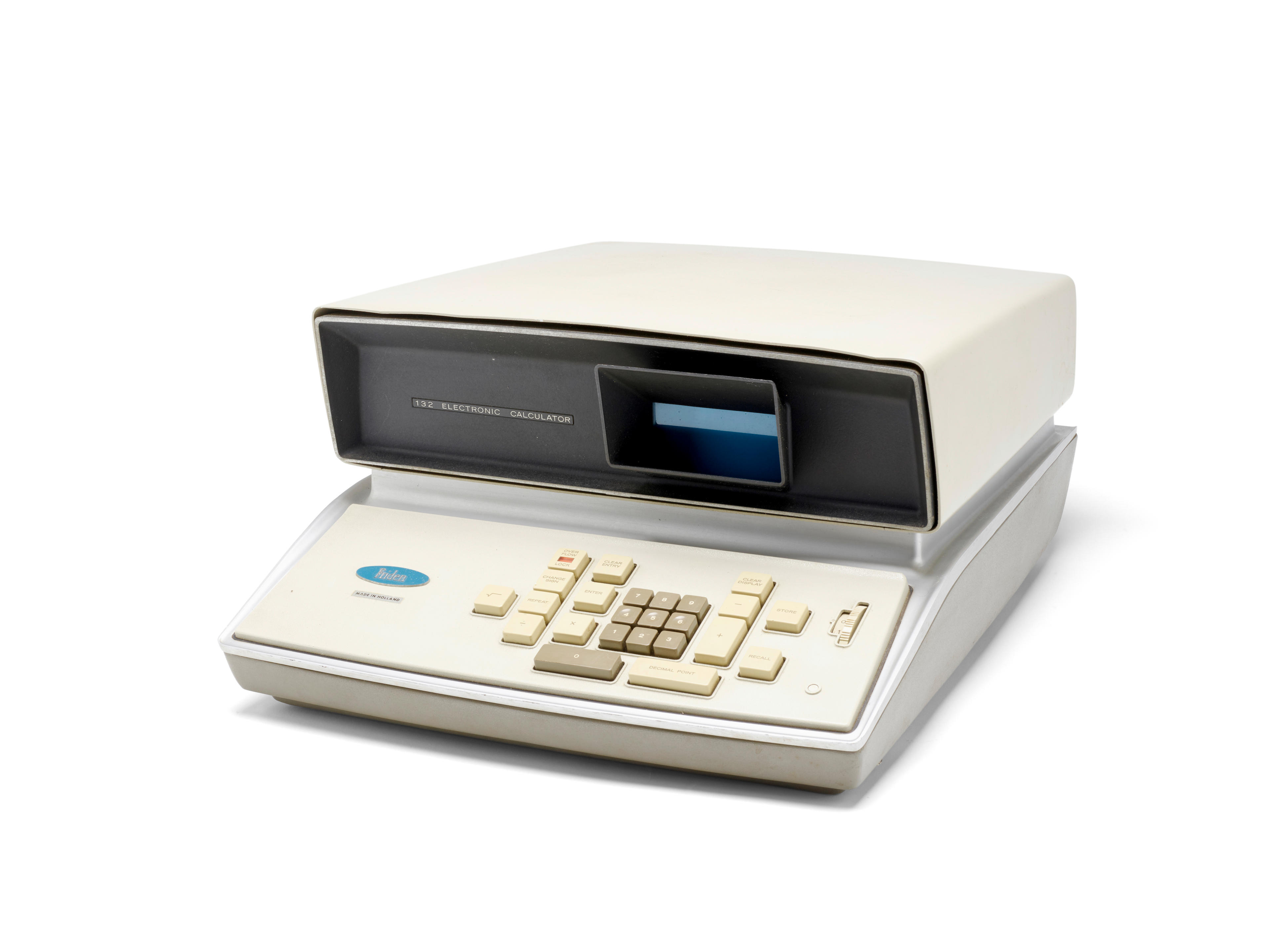
(Nearly all Friden calculators had a ten-key auxiliary keyboard for entering the multiplier when doing multiplication.) Full keyboards generally had ten columns, although some lower-cost machines had eight. One could call this parallel entry, by way of contrast with ten-key serial entry that was commonplace in mechanical adding machines, and is now universal in electronic calculators. (See the illustration of a 1914 mechanical calculator.) Nearly all keyboards were full - each digit that could be entered had its own column of nine keys, 1.9, plus a column-clear key, permitting entry of several digits at once.


These devices were motor-driven, and had movable carriages where results of calculations were displayed by dials. (Some comments about European calculators follow below.) Major suppliers in the USA included Friden, Monroe, and SCM/Marchant. The mechanizal ones would grind for hours to solve relatively simpleįrom the early 1900s through the 1960s, mechanical calculators dominated the desktop computing market (see History of computing hardware). Modern calculators are electrically powered and come in countless shapes and sizes varying from cheap, give-away, credit-card sized models to more sturdy adding machine-like models with built-in printers.ĭo not laugh! I used these on the Apollo Program to figure out technical problems! This semi-manual process of calculation was tedious and error-prone. The word "calculator" denoted a person who did such work for a living using such aids as well as pen and paper. In the past, mechanical clerical aids such as abaci, comptometers, Napier's bones, books of mathematical tables, slide rules, or mechanical adding machines were used for numeric work.

Electronic Calculators We Amazing Devices


 0 kommentar(er)
0 kommentar(er)
